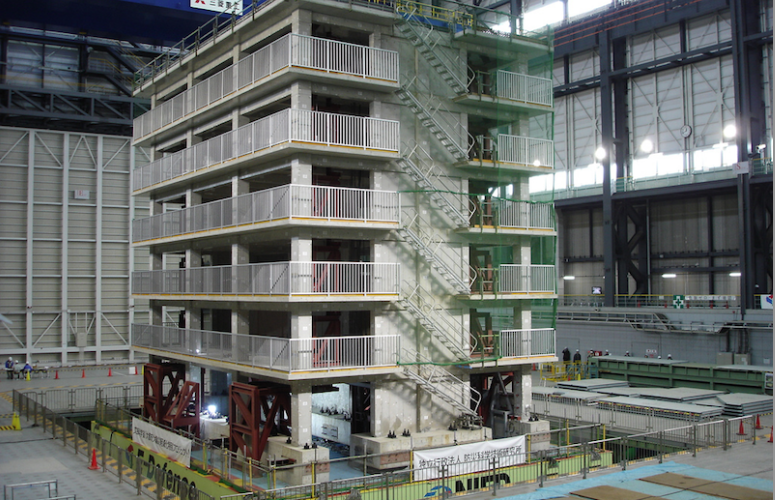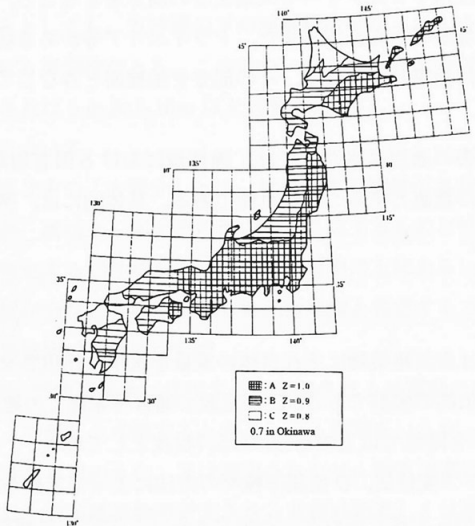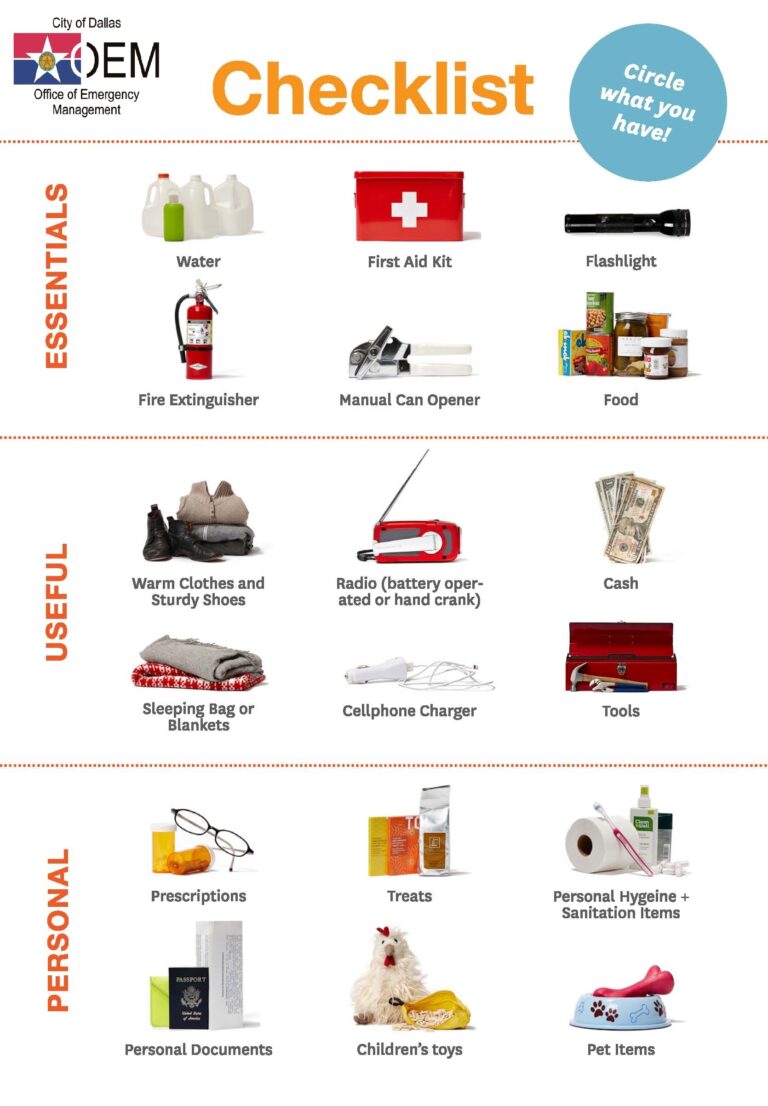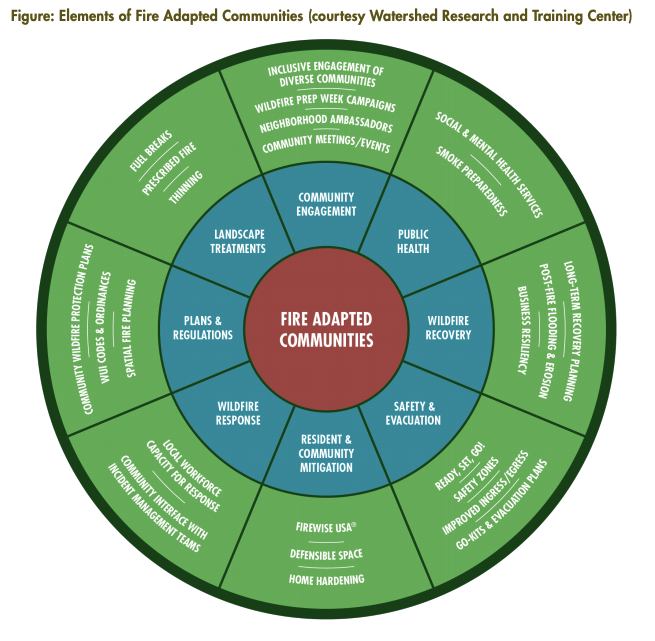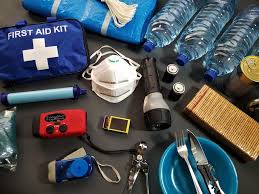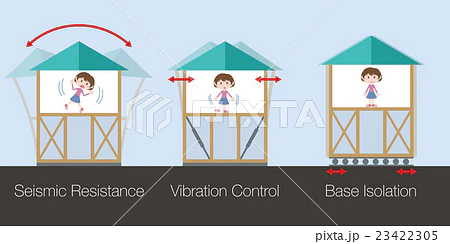Earthquake Simulation Technology Japan
Japan leads the world in earthquake simulation technology, driven by its frequent seismic activity and commitment to disaster preparedness. The country uses highly advanced testing systems, real-world simulators, and digital modeling tools to design and test earthquake-resilient structures, public safety strategies, and emergency responses.
🇯🇵 Earthquake Simulation Technology in Japan
🏢 1. Large-Scale Shake Tables
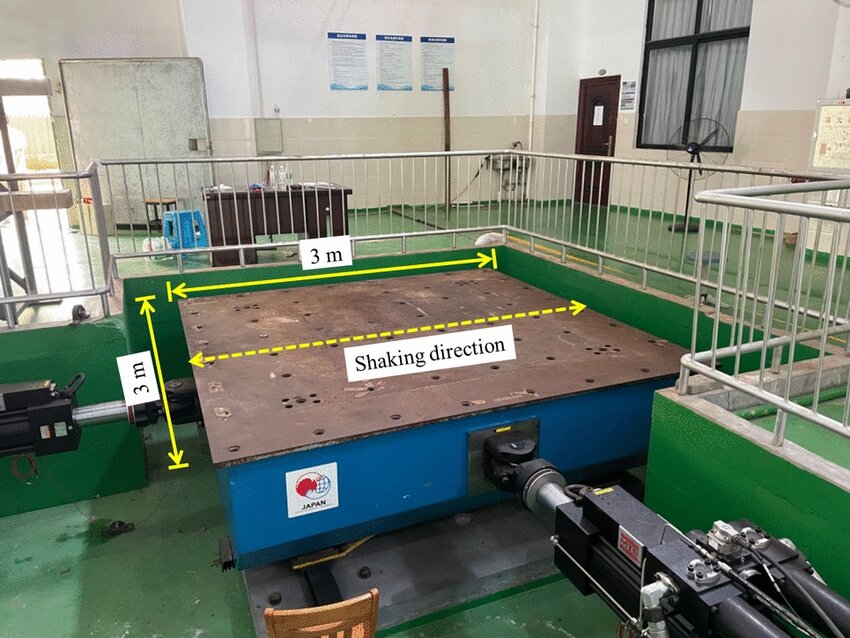
Japan’s world-class shake tables simulate real earthquake motion to test buildings, materials, and infrastructure under controlled conditions.
🔹 E-Defense (Hyogo Earthquake Engineering Research Center)
- World’s largest 3D full-scale earthquake testing facility
- Located in Miki, Hyogo Prefecture
- Shake table platform: 20m x 15m, holds up to 1,200 tons
- Reproduces actual recorded seismic events (e.g., 1995 Kobe Earthquake)
- Tests include high-rises, wood-frame houses, bridges, and retrofitting systems
🧪 Famous experiment: A full-scale 3-story wooden house was shaken until collapse to study failure points and improve design.
🧍 2. Earthquake Experience Simulators (for Public Education)
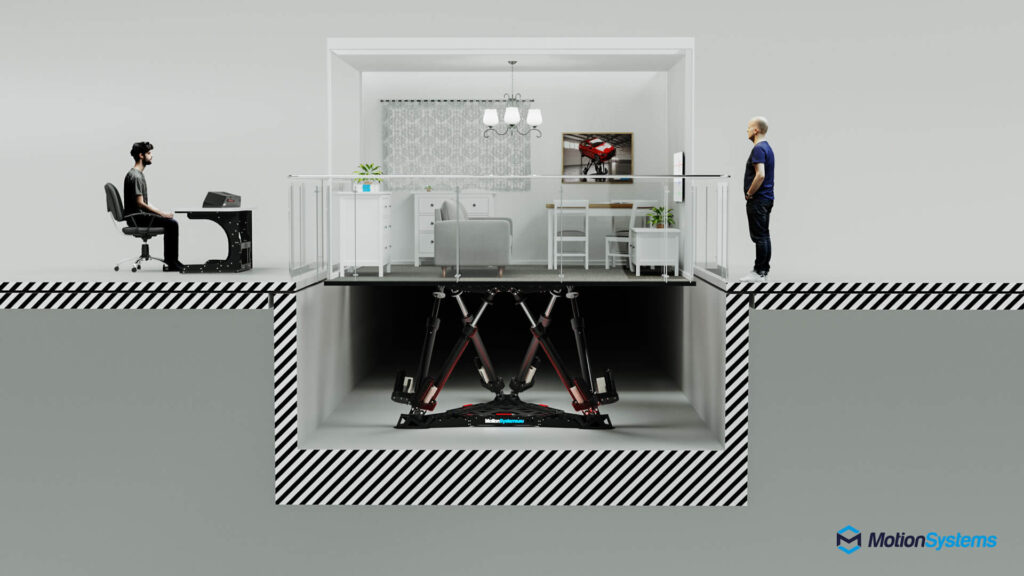
🔹 Disaster Prevention Centers
Used for public training, these simulate different magnitudes of earthquakes.
- Visitors can experience earthquake shaking from magnitude 5 to 7
- Common features:
- Shake platforms with seats or room sets
- Emergency escape and fire simulation
- Smoke rooms and tsunami virtual experiences
- Examples:
- Ikebukuro Life Safety Learning Center (Tokyo)
- Honjo Bōsai-kan (Sumida City, Tokyo)
- Kobe Disaster Reduction and Human Renovation Institution
These are essential tools for school programs, tourists, and residents to learn real-world survival skills.
🖥️ 3. Digital Earthquake Simulation & AI Modeling
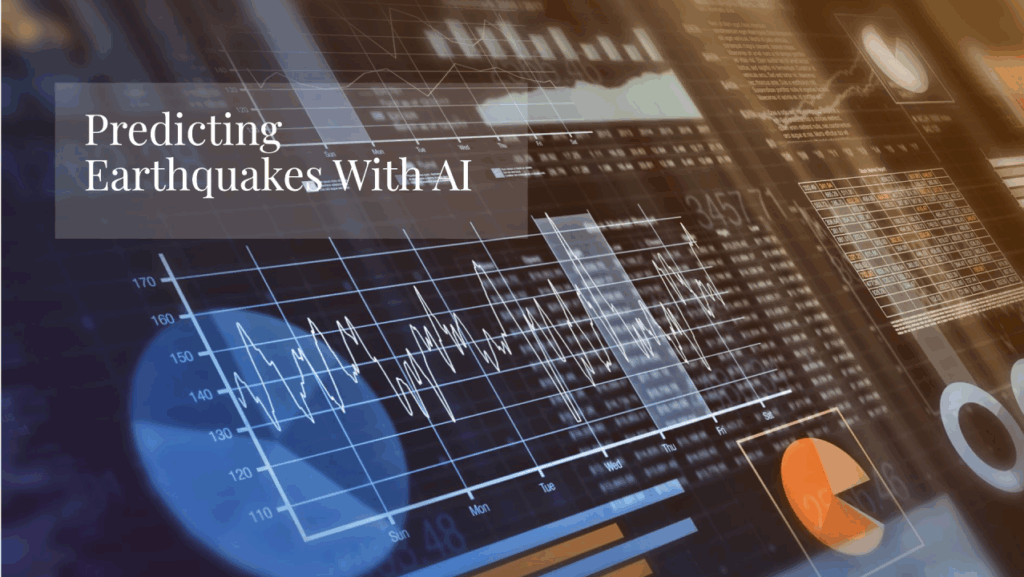
🔹 Seismic Digital Twins & Supercomputers
- RIKEN and Kyoto University use high-performance computing (HPC) to model:
- Fault movements
- Tsunami propagation
- Urban collapse risk maps
- Models help forecast citywide damage and optimize emergency plans.
🔹 AI + IoT in Buildings
- Smart sensors (accelerometers, tilt sensors) feed real-time data to AI systems
- These systems analyze structural stress and send alerts or adjust building responses
- Used in skyscrapers, bullet trains, and smart homes
🚅 4. Shinkansen Earthquake Detection Systems
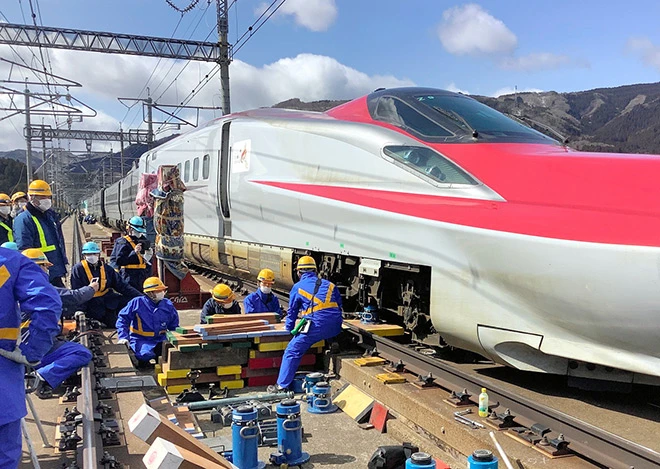
Japan’s bullet train system uses:
- UrEDAS (Urgent Earthquake Detection and Alarm System)
- Can detect seismic P-waves and automatically slow or stop trains within seconds
- Has helped prevent derailments since the 1990s
🏗️ 5. Applications in Building Codes

- Simulation results directly influence Japan’s strict seismic building codes
- Structures are designed to deform safely without collapse
- Mandatory use of base isolation, dampers, and flexible joints in high-risk zones
✅ Summary: Key Components of Japan’s Earthquake Simulation Tech
| Technology | Purpose |
|---|---|
| Shake Tables (e.g. E-Defense) | Full-scale structural testing |
| Experience Simulators | Public disaster preparedness |
| Digital Twins & AI Modeling | Forecast damage & improve urban planning |
| Shinkansen Detection Systems | Prevent derailments in real time |
| Smart Sensors in Buildings | Monitor and respond to seismic stress |
